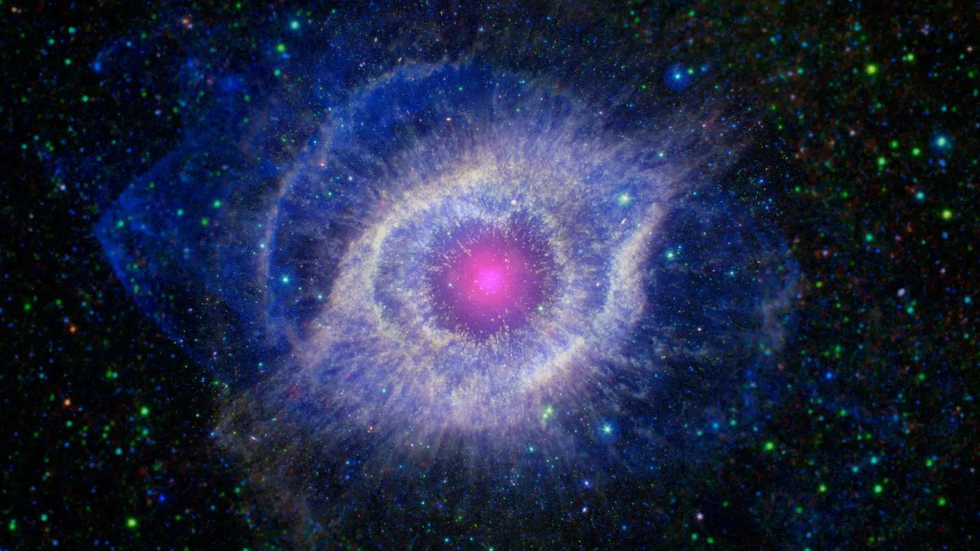Asteroid-hunting telescope used to alert Nasa to hazardous fireballs set to come crashing back down to Earth

Neowise, which captured images like this one, has come to the end of its mission
|Nasa

The satellite had been on a decade-long hunt for dangerous asteroids - but increased solar activity has rendered it impotent
Don't Miss
Most Read
Latest
A Nasa satellite posted on a "planetary defence mission" to hunt down asteroids and comets which could threaten Earth is set to plummet into our atmosphere.
Neowise (Near-Earth Object Wide-field Infrared Survey Explorer) had been on a decade-long hunt for dangerous celestial bodies, but after dropping too low into Earth's orbit, Nasa engineers were forced to send the satellite its final command on Thursday.
Nasa chiefs explained that Neowise will soon drop too low into our orbit to provide usable scientific data, while an "uptick in solar activity" means Earth's upper atmosphere has heated and expanded to the point where it is creating drag on the spacecraft.
Space agency bosses assembled at its Jet Propulsion Lab in California to send the final command, with technicians scrambling to retrieve all the remaining data from the sat before it was switched off for good.

Nasa chiefs explained that Neowise will soon drop too low into our orbit to provide usable scientific data
|Nasa
Among the data recovered from the vessel in its 10-year mission is a series of extraordinary images of the universe gathered by scanning the sky every six months.
In its active service, Neowise has uncovered previously hidden brown dwarfs, a feeding black hole, a dying star, a star-forming region, and a mysteriously brightening star.
But its core mission is the discovery of so-called near-Earth objects (Neos) which could pose potential hazards to our planet, moon and slew of satellites surrounding us.
Nasa added that while the now-decommissioned Neowise is descending towards Earth, it will safely burn up in the atmosphere upon re-entry.
LATEST SPACE NEWS:
Explore Nasa's Neowise data below

Neowise has developed images of a dying star
|Nasa
Nicola Fox, an associate administrator at Nasa's Science Mission Directorate, praised the decade of success from Neowise and its mission team.
Fox said: "The Neowise mission has been an extraordinary success story as it helped us better understand our place in the universe by tracking asteroids and comets that could be hazardous for us on Earth.
"While we are sad to see this brave mission come to an end, we are excited for the future scientific discoveries it has opened by setting the foundation for the next generation planetary defence telescope.
As for what the next generation looks like, Nasa is planning to launch the Near-Earth Object Surveyor space telescope (Neo Surveyor) in September 2027.

More data from Neowise includes this composite of the "entire sky"
|Nasa
Like Neowise, Neo Surveyor's US Congress-mandated mission will centre around the tracking and discovery of "objects large enough to cause major regional damage in the event of an Earth impact".
Laurie Leshin, director at Nasa JPL, said the satellite "has been instrumental in our quest to map the skies and understand the near-Earth environment".
Leshin added: "Its huge number of discoveries have expanded our knowledge of asteroids and comets, while also boosting our nation's planetary defence.
"As we bid farewell to Neowise, we also celebrate the team behind it for their impressive achievements."










